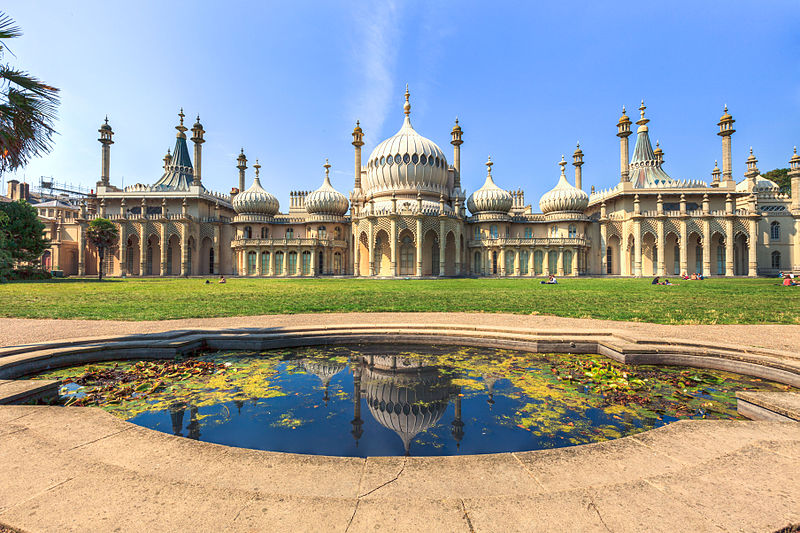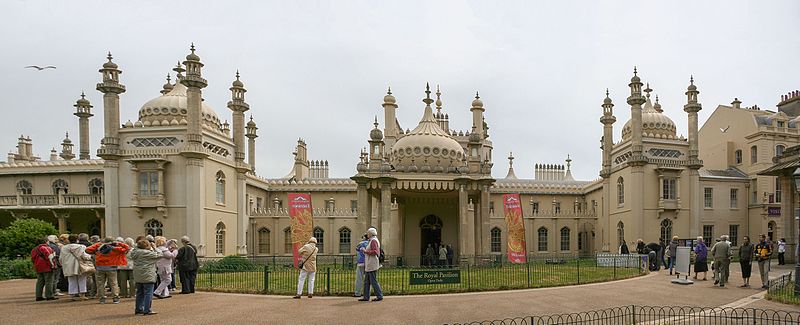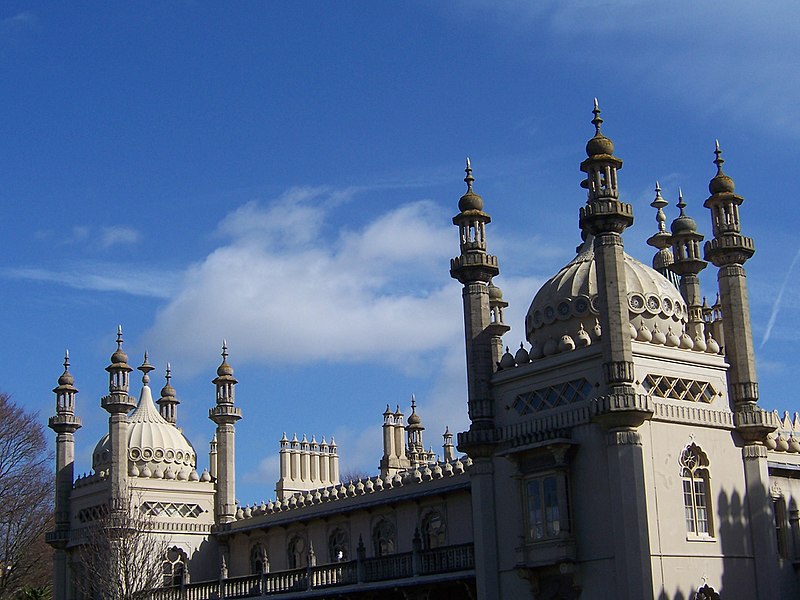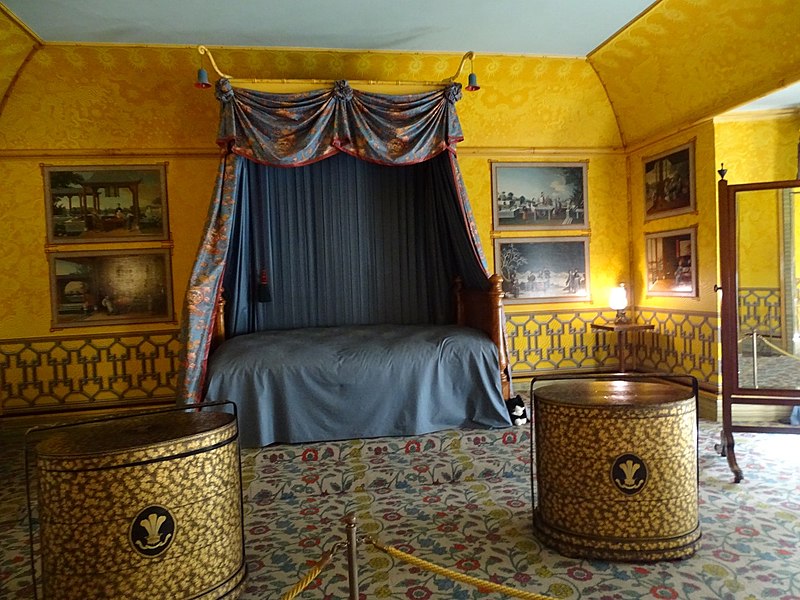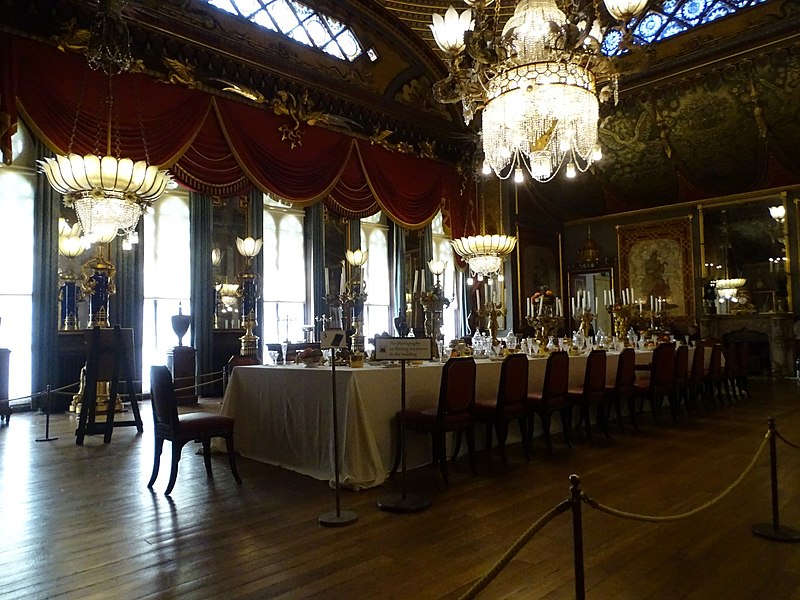Royal Pavilion
Today, the Royal Pavilion is a Grade II listed architectural monument, which houses a museum with more than a million exhibits from around the world, a library of rare books, some of which date back to the 13th century, as well as exhibition halls featuring local, national and international exhibits. The Royal Pavilion, also known as the Brighton Pavilion, is Brighton's most visited attraction, attracting over one million visitors annually.

The King's Palace of Joy
Due to poor health, George IV was advised to go to Brighton, where he bought the London by the Sea boarding house. The king may have been an extravagant man, but his commitment to making the Royal Pavilion a decadent work of art helped Brighton thrive. His presence has had a huge impact on prosperity and social development since the 1780s. Thanks to George and his wonderful palace, we have seen the population of Brighton grow from 3,620 inhabitants in 1786 to 40,643 in 1831.
Pavilion sale
Queen Victoria first visited Brighton in 1837, which delighted the people of Brighton. However, her eldest uncle's joy palace made her feel uneasy. In the end, she decided that the pavilion was not big enough for her and her growing family, and in 1850 she sold the palace for 50,000 pounds to the city of Brighton. This decision has become a key one for the city's tourism industry, turning it from a private institution into a public one. Now the Royal Pavilion is visited by 400,000 people every year!
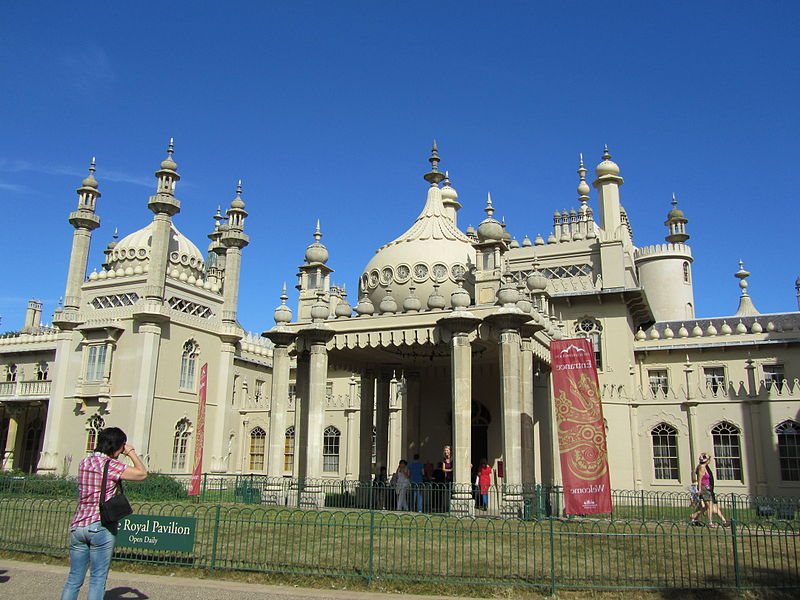
Military changes
During the First World War, the Royal Pavilion complex was used as a military hospital for wounded soldiers. From 1914 to 1916, more than 4,000 Indian patients passed through the hospital. This required significant alterations. In addition to the operating rooms, nine kitchens of three different types were created: one for meat eaters, one for Muslims and one for vegetarians.
The return of former greatness
The restoration suffered a setback in the form of arson in 1975. The attack severely damaged the Music Room, and it took 11 years to repair the damage. The same room was damaged during a severe storm in October 1987, when a stone ball broke through the roof. Talented people were involved in the restoration of the pavilion, who kept the Royal Pavilion in safe hands, saving it from demolition more than once.
